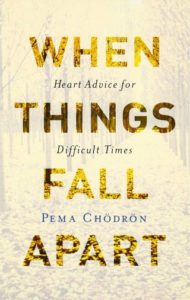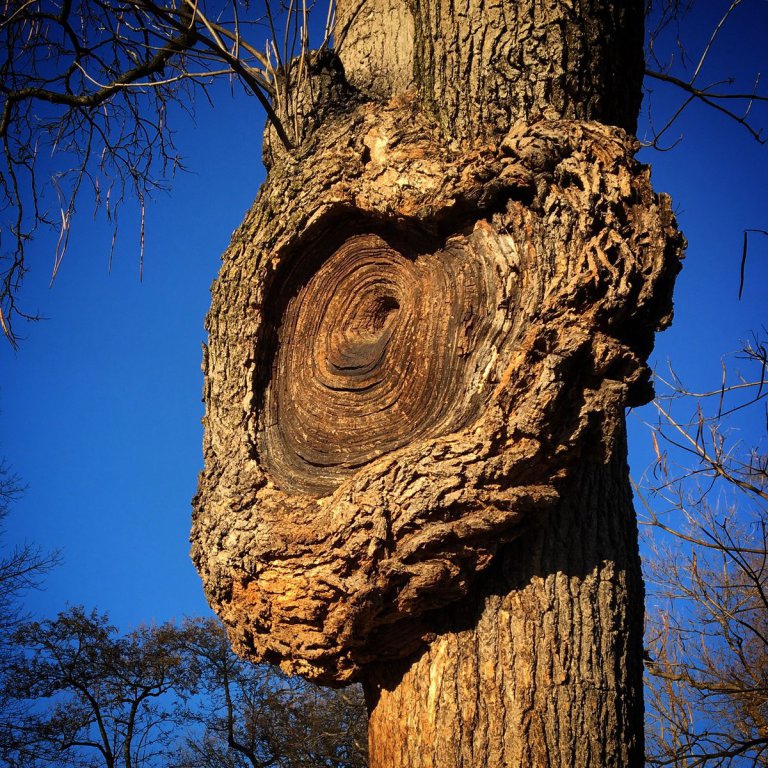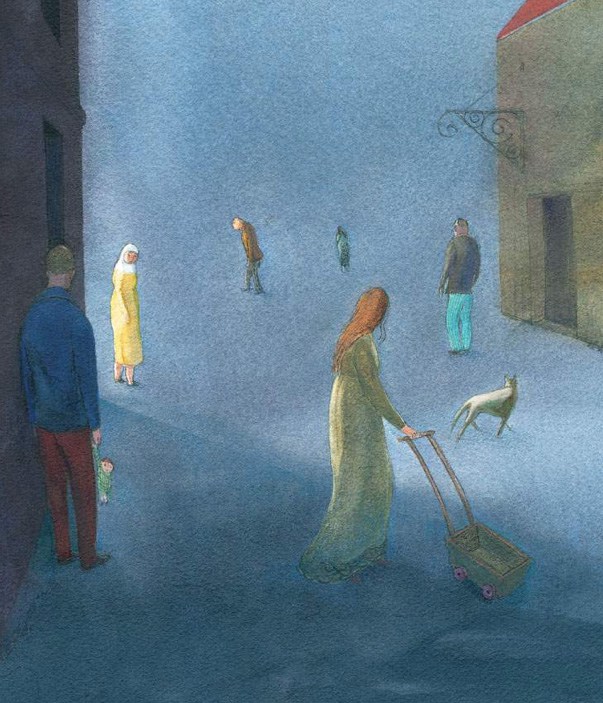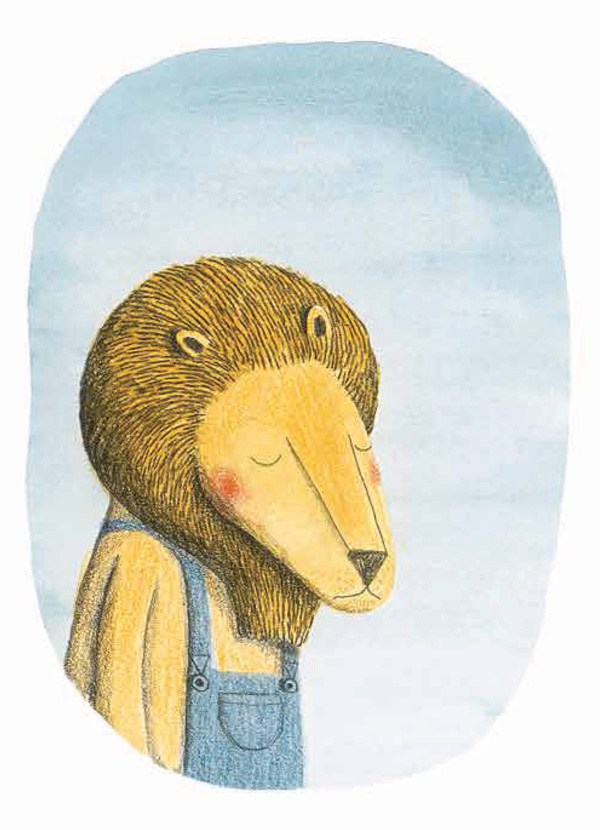When Things Fall Apart: Tibetan Buddhist Nun and Teacher Pema Chödrön on Transformation through Difficult Times
INSPIRATIONAL, 31 Jul 2017
Maria Popova | Brain Pickings – TRANSCEND Media Service
“Only to the extent that we expose ourselves over and over to annihilation can that which is indestructible be found in us.”
 In every life, there comes a time when we are razed to the bone of our resilience by losses beyond our control — lacerations of the heart that feel barely bearable, that leave us bereft of solid ground. What then?
In every life, there comes a time when we are razed to the bone of our resilience by losses beyond our control — lacerations of the heart that feel barely bearable, that leave us bereft of solid ground. What then?
“In art,” Kafka assured his teenage walking companion, “one must throw one’s life away in order to gain it.” As in art, so in life — so suggests the American Tibetan Buddhist nun and teacher Pema Chödrön. In When Things Fall Apart: Heart Advice for Difficult Times (public library), she draws on her own confrontation with personal crisis and on the ancient teachings of Tibetan Buddhism to offer gentle and incisive guidance to the enormity we stand to gain during those times when all seems to be lost. Half a century after Albert Camus asserted that “there is no love of life without despair of life,” Chödrön reframes those moments of acute despair as opportunities for befriending life by befriending ourselves in the deepest sense.
Writing in that Buddhist way of wrapping in simple language the difficult and beautiful truths of existence, Chödrön examines the most elemental human response to the uncharted territory that comes with loss or any other species of unforeseen change:
Fear is a universal experience. Even the smallest insect feels it. We wade in the tidal pools and put our finger near the soft, open bodies of sea anemones and they close up. Everything spontaneously does that. It’s not a terrible thing that we feel fear when faced with the unknown. It is part of being alive, something we all share. We react against the possibility of loneliness, of death, of not having anything to hold on to. Fear is a natural reaction to moving closer to the truth.
If we commit ourselves to staying right where we are, then our experience becomes very vivid. Things become very clear when there is nowhere to escape.
This clarity, Chödrön argues, is a matter of becoming intimate with fear and rather than treating it as a problem to be solved, using it as a tool with which to dismantle all of our familiar structures of being, “a complete undoing of old ways of seeing, hearing, smelling, tasting, and thinking.” Noting that bravery is not the absence of fear but the intimacy with fear, she writes:
When we really begin to do this, we’re going to be continually humbled. There’s not going to be much room for the arrogance that holding on to ideals can bring. The arrogance that inevitably does arise is going to be continually shot down by our own courage to step forward a little further. The kinds of discoveries that are made through practice have nothing to do with believing in anything. They have much more to do with having the courage to die, the courage to die continually.
In essence, this is the hard work of befriending ourselves, which is our only mechanism for befriending life in its completeness. Out of that, Chödrön argues, arises our deepest strength:
Only to the extent that we expose ourselves over and over to annihilation can that which is indestructible be found in us.
[…]
Things falling apart is a kind of testing and also a kind of healing. We think that the point is to pass the test or to overcome the problem, but the truth is that things don’t really get solved. They come together and they fall apart. Then they come together again and fall apart again. It’s just like that. The healing comes from letting there be room for all of this to happen: room for grief, for relief, for misery, for joy.
Decades after Rollo May made his case for the constructiveness of despair, Chödrön considers the fundamental choice we have in facing our unsettlement — whether with aggressive aversion or with generative openness to possibility:
Life is a good teacher and a good friend. Things are always in transition, if we could only realize it. Nothing ever sums itself up in the way that we like to dream about. The off-center, in-between state is an ideal situation, a situation in which we don’t get caught and we can open our hearts and minds beyond limit. It’s a very tender, nonaggressive, open-ended state of affairs.
To stay with that shakiness — to stay with a broken heart, with a rumbling stomach, with the feeling of hopelessness and wanting to get revenge — that is the path of true awakening. Sticking with that uncertainty, getting the knack of relaxing in the midst of chaos, learning not to panic — this is the spiritual path. Getting the knack of catching ourselves, of gently and compassionately catching ourselves, is the path of the warrior. We catch ourselves one zillion times as once again, whether we like it or not, we harden into resentment, bitterness, righteous indignation — harden in any way, even into a sense of relief, a sense of inspiration.
Half a century after Alan Watts began introducing Eastern teachings into the West with his clarion call for presence as the antidote to anxiety, Chödrön points to the present moment — however uncertain, however difficult — as the sole seedbed of wakefulness to all of life:
This very moment is the perfect teacher, and it’s always with us.
[…]
We can be with what’s happening and not dissociate. Awakeness is found in our pleasure and our pain, our confusion and our wisdom, available in each moment of our weird, unfathomable, ordinary everyday lives.
Remaining present and intimate with the moment, she argues, requires mastering maitri — the Buddhist practice of loving-kindness toward oneself, that most difficult art of self-compassion. She contrasts maitri with the typical Western therapy and self-help method of handling crises:
What makes maitri such a different approach is that we are not trying to solve a problem. We are not striving to make pain go away or to become a better person. In fact, we are giving up control altogether and letting concepts and ideals fall apart. This starts with realizing that whatever occurs is neither the beginning nor the end. It is just the same kind of normal human experience that’s been happening to everyday people from the beginning of time. Thoughts, emotions, moods, and memories come and they go, and basic nowness is always here.
[…]
In the midst of all the heavy dialogue with ourselves, open space is always there.
Another Buddhist concept at odds with our Western coping mechanisms is the Tibetan expression ye tang che. Chödrön explains its connotations, evocative of Camus’s insistence on the vitalizing power of despair:
The ye part means “totally, completely,” and the rest of it means “exhausted.” Altogether, ye tang che means totally tired out. We might say “totally fed up.” It describes an experience of complete hopelessness, of completely giving up hope. This is an important point. This is the beginning of the beginning. Without giving up hope — that there’s somewhere better to be, that there’s someone better to be — we will never relax with where we are or who we are.
[…]
Suffering begins to dissolve when we can question the belief or the hope that there’s anywhere to hide.
Decades after Simone de Beauvoir’s proclamation about atheism and the ultimate frontier of hope, Chödrön points out that at the heart of Buddhism’s approach is not the escapism of religion but the realism of secular philosophy. And yet these crude demarcations fail to capture the subtlety of these teachings. She clarifies:
The difference between theism and nontheism is not whether one does or does not believe in God… Theism is a deep-seated conviction that there’s some hand to hold: if we just do the right things, someone will appreciate us and take care of us. It means thinking there’s always going to be a babysitter available when we need one. We all are inclined to abdicate our responsibilities and delegate our authority to something outside ourselves. Nontheism is relaxing with the ambiguity and uncertainty of the present moment without reaching for anything to protect ourselves.
[…]
Hopelessness is the basic ground. Otherwise, we’re going to make the journey with the hope of getting security… Begin the journey without hope of getting ground under your feet. Begin with hopelessness.
[…]
When inspiration has become hidden, when we feel ready to give up, this is the time when healing can be found in the tenderness of pain itself… In the midst of loneliness, in the midst of fear, in the middle of feeling misunderstood and rejected is the heartbeat of all things.
Art from The Lion and the Bird by Marianne Dubuc
Only through such active self-compassion to our own darkness, Chödrön suggests, can we begin to offer authentic light to anybody else, to become a force of radiance in the world. She writes:
We don’t set out to save the world; we set out to wonder how other people are doing and to reflect on how our actions affect other people’s hearts.
Complement the immensely grounding and elevating When Things Fall Apart with Camus on strength of character in times of trouble, Erich Fromm on what self-love really means, and Nietzsche on why a fulfilling life requires embracing rather than running from difficulty, then revisit Chödrön on the art of letting go.
___________________________________________
 Brain Pickings is the brain child of Maria Popova, an interestingness hunter-gatherer and curious mind at large obsessed with combinatorial creativity who also writes for Wired UK and The Atlantic, among others, and is an MIT Futures of Entertainment Fellow. She has gotten occasional help from a handful of guest contributors.
Brain Pickings is the brain child of Maria Popova, an interestingness hunter-gatherer and curious mind at large obsessed with combinatorial creativity who also writes for Wired UK and The Atlantic, among others, and is an MIT Futures of Entertainment Fellow. She has gotten occasional help from a handful of guest contributors.
Go to Original – brainpickings.org
DISCLAIMER: The statements, views and opinions expressed in pieces republished here are solely those of the authors and do not necessarily represent those of TMS. In accordance with title 17 U.S.C. section 107, this material is distributed without profit to those who have expressed a prior interest in receiving the included information for research and educational purposes. TMS has no affiliation whatsoever with the originator of this article nor is TMS endorsed or sponsored by the originator. “GO TO ORIGINAL” links are provided as a convenience to our readers and allow for verification of authenticity. However, as originating pages are often updated by their originating host sites, the versions posted may not match the versions our readers view when clicking the “GO TO ORIGINAL” links. This site contains copyrighted material the use of which has not always been specifically authorized by the copyright owner. We are making such material available in our efforts to advance understanding of environmental, political, human rights, economic, democracy, scientific, and social justice issues, etc. We believe this constitutes a ‘fair use’ of any such copyrighted material as provided for in section 107 of the US Copyright Law. In accordance with Title 17 U.S.C. Section 107, the material on this site is distributed without profit to those who have expressed a prior interest in receiving the included information for research and educational purposes. For more information go to: http://www.law.cornell.edu/uscode/17/107.shtml. If you wish to use copyrighted material from this site for purposes of your own that go beyond ‘fair use’, you must obtain permission from the copyright owner.




Among many other relevant books relating to the subject of the above article, the following two books are also highly recommendable:
(1) “Why Me, Why This, Why Now”, by Robin Norwood: https://www.enotes.com/topics/why-me-why-this-why-now
(2) “How to Survive the Loss of a Love”, by Harold H. Bloomfield, Peter McWilliams (Joint Author), Melba Colgrove: https://www.barnesandnoble.com/w/how-to-survive-the-loss-of-a-love-harold-h-bloomfield/1101762765#productInfoTabs